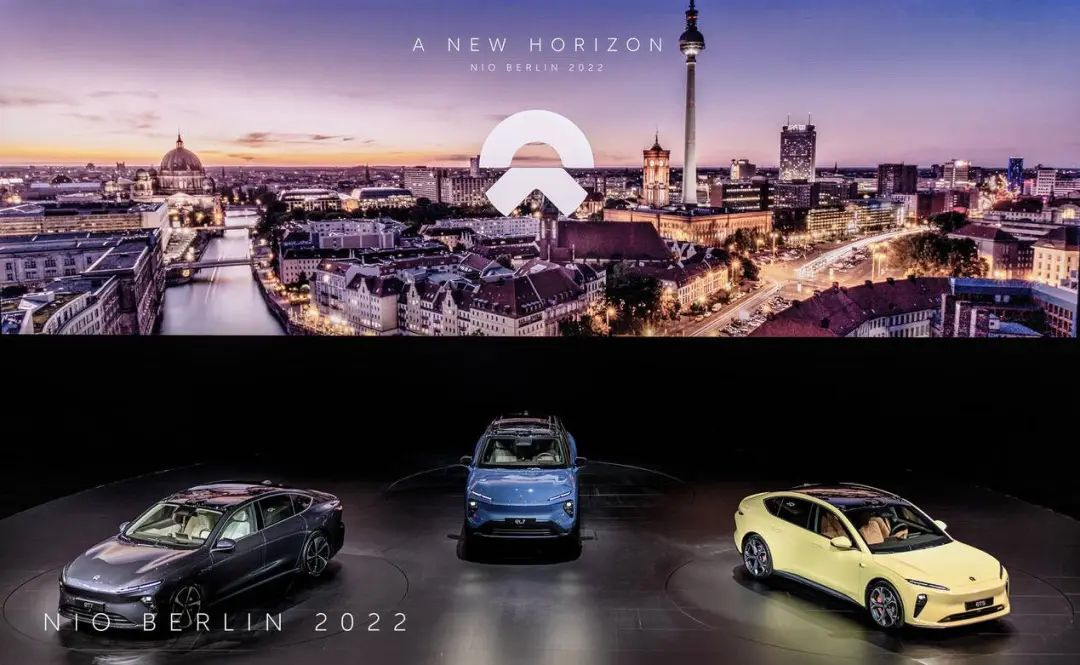Author: Michelin
In 1983, the legendary car Santana officially entered China through official channels, becoming one of the first joint venture cars to enter the country. Limited by the production conditions at that time, all of the parts were imported from Germany and assembled in the factory of SAIC after being transported to China.
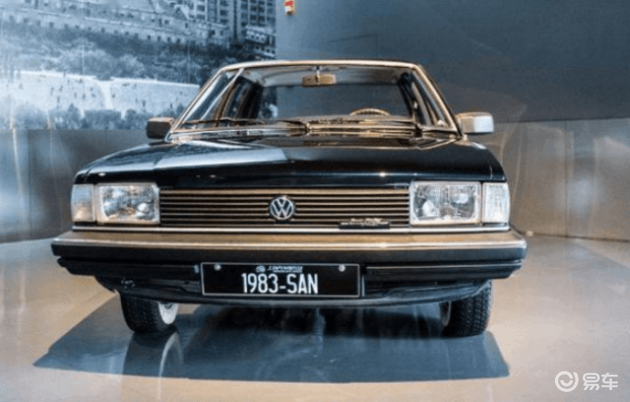
39 years later in 2022, the first batch of domestically produced NIO ET7 was loaded onto a ship at the port of Shanghai, ready to cross the ocean and be transported to Europe. NIO Day was also held in Germany, the birthplace of modern automobiles.
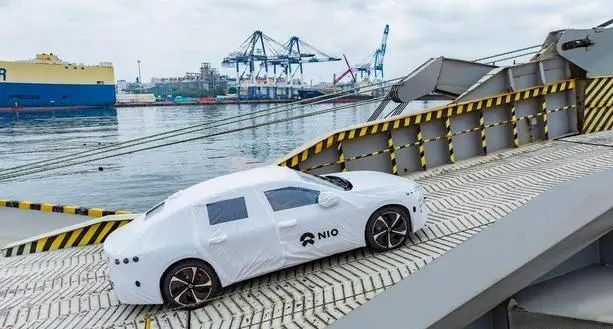
On October 8th Beijing time, NIO Berlin event was held in Berlin by NIO, where EL7 (ES7 in China), ET7 and ET5 officially debuted in Europe, and a subscription model based on monthly payment will be adopted in Germany, the Netherlands and Denmark.
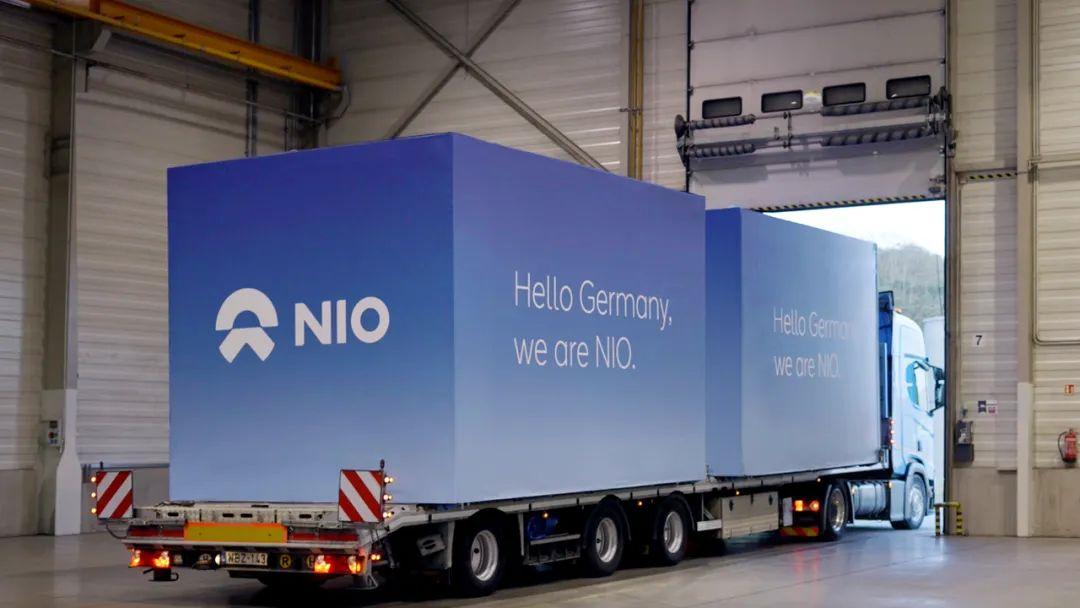
From the entry of Santana to the departure of NIO, the round trip spanning nearly 40 years is a testament to the growth and rise of China’s automotive industry, especially the intelligent electric vehicle industry.
This also makes us curious: Can NIO’s story, which has been proven in China, or the story of intelligent electric vehicles in China, be successfully replicated in Europe?
NIO’s “Atypical” Chinese Story and the New “Soil and Water” in Europe
What is NIO’s story?
For those of us in China, our impression of NIO is inseparable from battery swapping, user services, and the direct sales model brought about by new forces.
Strictly speaking, these are not typical “Chinese stories”, but they are inseparable from the soil of the domestic market.
For example, China’s infrastructure madness, the urgency of every second in first- and second-tier cities, and the lack of sufficient home charging pile conditions all contribute to the convenience and time advantages of battery swapping; the abundance of human services enables NIO, which started with user services, to continue to expand its services even after its monthly sales exceeded 10,000; and Chinese consumers who have already suffered from traditional 4S shops are more easily swayed by the transparency of the direct sales model.
 The “atypical” Chinese model has allowed NIO to stand out among the first group of domestic new carmakers, and to go all the way to Europe.
The “atypical” Chinese model has allowed NIO to stand out among the first group of domestic new carmakers, and to go all the way to Europe.
In a previous interview, NIO co-founder and CEO Qin Lihong said: “NIO’s business model is the same in every market, that is, infrastructure first, direct sales, and user service.“
It seems that in NIO’s new story in Europe, battery swapping, user service, and charging are still the main focus. I wonder whether NIO’s story will face challenges adapting to European soil?
NIO’s European debut still chooses to continue with its battery swapping and charging supplementary energy model, with over 380,000 charging piles currently installed and plans to build 20 battery swapping stations in Europe by the end of 2022, reaching 120 stations in 2023.
Adhering to the battery swapping model not only requires consideration of various factors such as land, equipment, human services, and operations for the dependency on battery swapping itself, but also poses a challenge for new automakers in China when it comes to building their own battery swapping stations.
Moreover, in Europe, it faces different lifestyle habits, such as a higher prevalence of home charging stations, smaller living radius, and less range anxiety. Can the battery swapping model have the same significant experiential advantage as in China?
Perhaps the recent power shortage crisis and the burden of high charging prices during peak periods in Europe have created opportunities for the battery swapping model to some extent?
Upgrading the hard mode: Why choose monthly subscription?
ET7, ET5, and EL7 (ES7 in China) are three models that are familiar to us in China, as well as NIO’s investment in the NT2.0 platform. However, this time, NIO’s debut in Europe brings some unfamiliar gameplay, such as the monthly subscription model.
In Germany, the Netherlands, Sweden, and Denmark, NIO uses a monthly payment business model. It is not the battery-as-a-service (BaaS) model with which Chinese users are familiar, but rather a monthly subscription for the entire vehicle.
Users can choose between short-term and long-term subscription models:
For short-term monthly subscriptions, you can cancel your subscription or change to a different vehicle model for next month with a 14-day advance notice. The longer the subscription period, the lower the subscription fee.
Alternatively, choose a fixed subscription period of 12 to 60 months.
In the subscription service, users can choose configuration such as battery capacity and enjoy a worry-free experience.
If building your own battery swap station is hard mode, subscribing to products on a monthly basis is hard plus mode.
“Timing is everything when it comes to making cars available for subscription,” NIO explained its subscription model in an interview after NIO Berlin.
The high acceptance of daily car rentals by users, the high taxes that need to be paid when purchasing high-end cars, and the open policies on car rental licenses in local areas are all prerequisite conditions for the subscription model to take root.
For a new brand, adopting a subscription model lowers the threshold for car use, enabling more users interested in experiencing NIO to try out its products at a monthly subscription fee, representing a form of indirect promotion.
For users, the subscription model is clearly a lightweight choice. However, for a brand, choosing the direct subscription model means having enough confidence in their own product’s “resilience”, assuming the risks of subscription and the burden of heavy assets. With the expansion of the vehicle scale, they would also bear the responsibility of a series of services such as vehicle operation, maintenance, and upkeep, as well as the high labor costs in Europe.
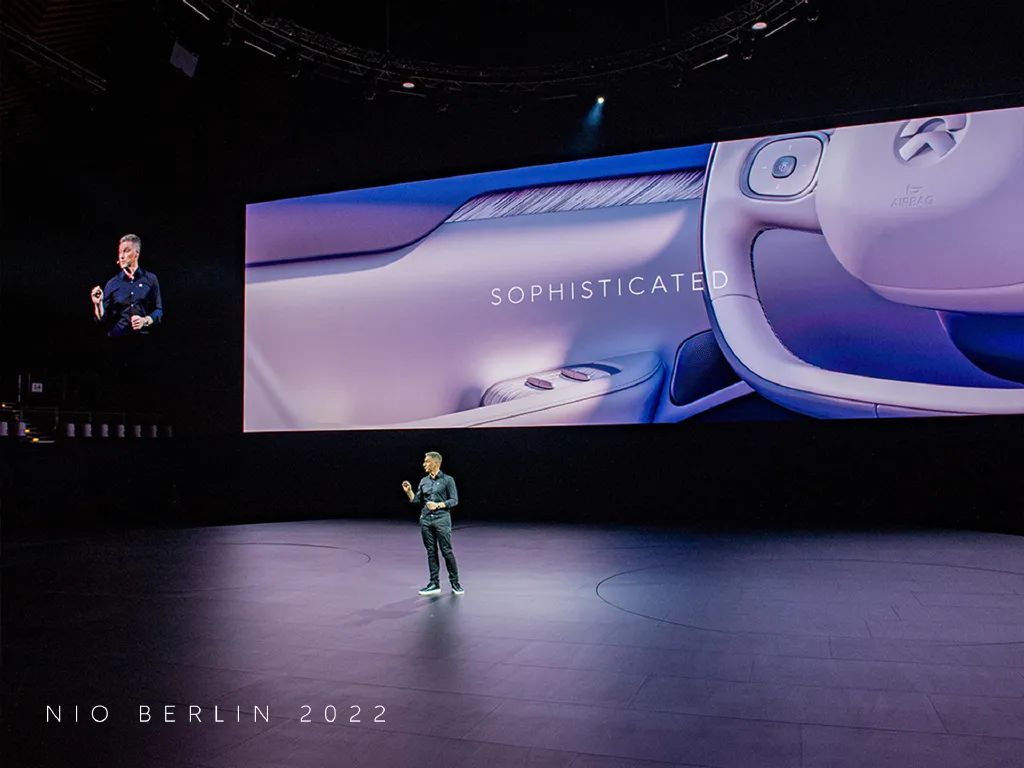
Just 10 days before the NIO Berlin press conference was held, BYD, another domestic electric vehicle brand, also held a press conference, announcing that its three models were to be the first batch to enter the European market.
In contrast, BYD has chosen a more lightweight model: on one hand, partnering with local European dealer Hedin Mobility, which is responsible for sales in Europe; on the other hand, it has taken a B2B route, signing an order for 100,000 electric cars with European rental car company Sixt.
If we only look at the economic calculations, partnering with local rental car companies and dealers can lighten the burden for car companies; while NIO’s direct sales model + self-built battery swap system + monthly subscription is obviously a heavier route.
However, for the brand, under the high investment in the early stages, consumers subscribing directly to the brand’s vehicles cannot be replaced by renting from rental car companies alone for product, service, and brand recognition and acceptance.
Moreover, NIO’s ambition is far beyond simply “renting” cars to Europe. When the brand’s acceptance is high enough, selling cars in Europe may be only a matter of time.
From “Gilding” to “New Chinese Brand”: The Long-planned Globalization
For this voyage, NIO has put in a lot of effort, considering European standards from product to battery swap station during the design stage. In fact, NIO’s story has always been more than just a Chinese story. It is a story of globalization.
Do you still remember the first few years when NIO was founded, the FE champion, the EP9 supercar breaking the lap record at the Nurburgring… a series of actions helped NIO establish an international label. However, standing back then, these labels seemed more like gimmicks for a young car company trying to attract attention.
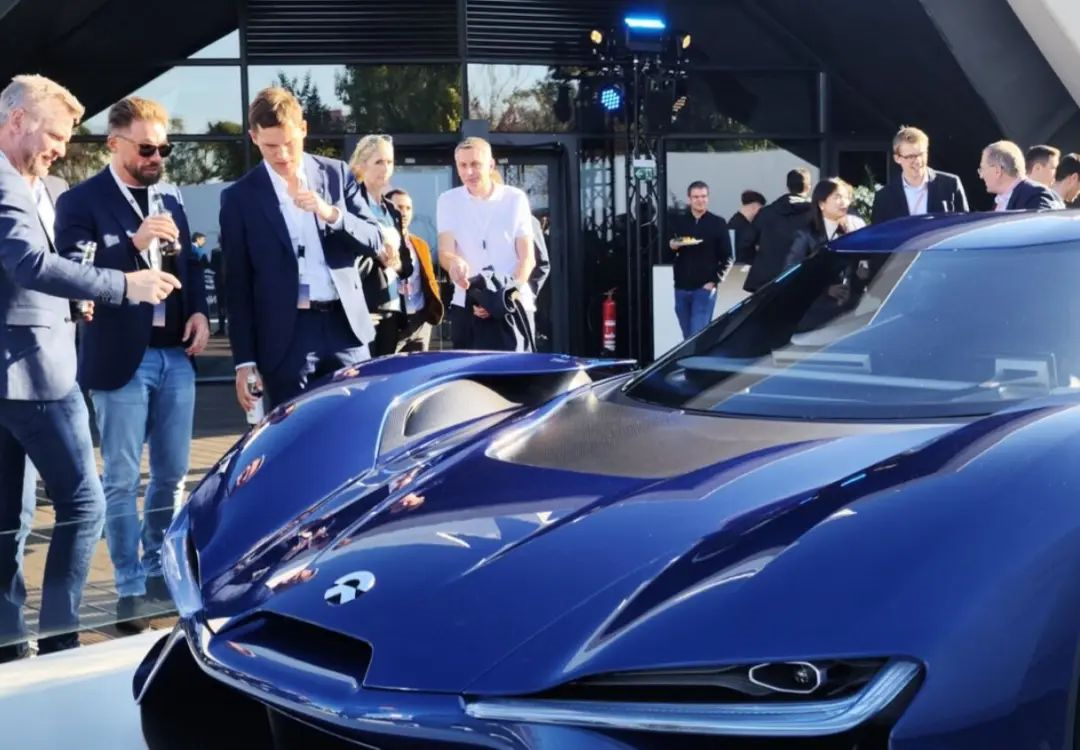
Now, when NIO’s story is already established in China and is returning to Europe again, it is no longer about gimmicks but concrete measures based on products: vehicle design based on European testing standards; intelligent driving optimization based on European road conditions; and the AI ability developed based on the 1.5 million conversations generated between users and NOMI every day, which is behind the German expression “NOMI”.
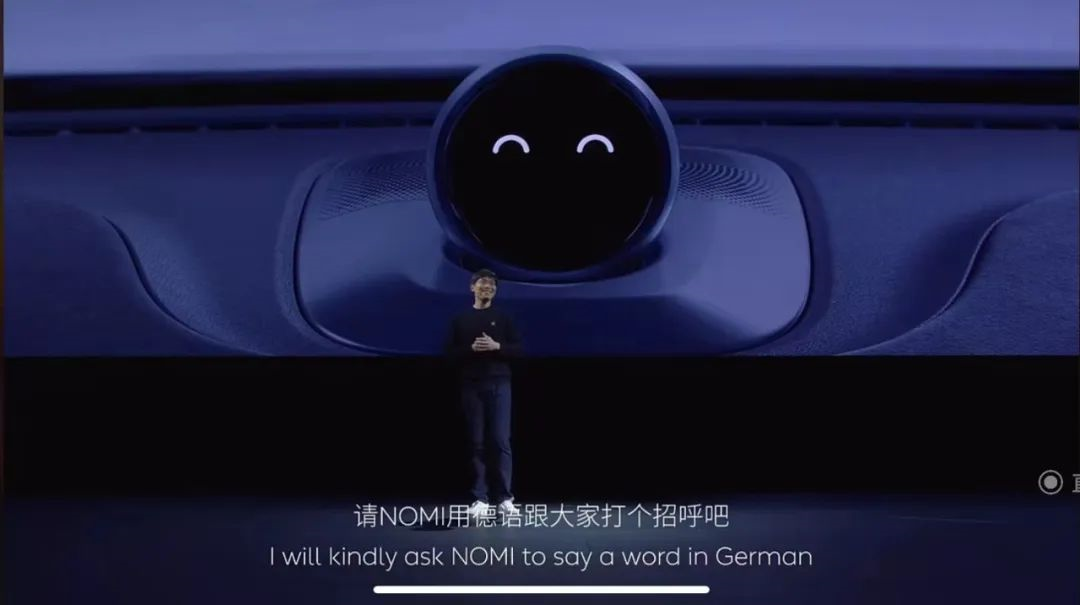
Behind these specific designs are NIO’s abilities in the field of intelligent electric vehicles developed in China: full-stack research and development capabilities for intelligent driving, immersive interaction experience, AI capabilities based on user demand, and the DNA that NIO has adhered to since its inception.

These intelligent capabilities and DNA make it difficult for us to see traces of German, Japanese, or American cars in NIO’s models. If we must label it, it can be said to be a “New Chinese brand”.
This time, NIO also brought a new story. Li Bin, the first to take the stage at the press conference, told a story about being in the smog of Beijing and the origin of NIO, as well as the meaning behind the NIO logo.
 NIO’s investment in new energy projects over the years, as well as the use of sustainable materials in the car, also adheres to its initial “original intention”. Environmental protection and sustainability directly hit the soft spot of the European people.
NIO’s investment in new energy projects over the years, as well as the use of sustainable materials in the car, also adheres to its initial “original intention”. Environmental protection and sustainability directly hit the soft spot of the European people.
You see, Chinese auto companies not only have their own tags now, but also can tell their stories in Germany.
Finally
2022 is a year of outbreak for Chinese new energy vehicles going global. Compared to domestic auto brands’ “low-profile development” earlier, NIO has chosen a more high-profile and challenging way to debut. The flag has been hoisted, and the pressure faced can also be imagined.
Whether NIO’s story can be replicated in Europe seems not to be important. Commercial models are difficult to be completely replicated in different soil, and timely adjustment and a firm foothold are the key.
I always believe that the business world prefers those who are adventurous and pioneering. The story of new energy is not just about “self-development in a fenced area” of the domestic market, and trying to replicate the story in Europe is a necessary attempt that requires courage when we have the strength to go out.
During the press conference, there were still comments in the bullet curtain teasing Li Bin’s English accent.
In my opinion, since NIO has the courage to tell the story of intelligent electric vehicles in Europe, why not give a speech in Chinese next time?

This article is a translation by ChatGPT of a Chinese report from 42HOW. If you have any questions about it, please email bd@42how.com.
